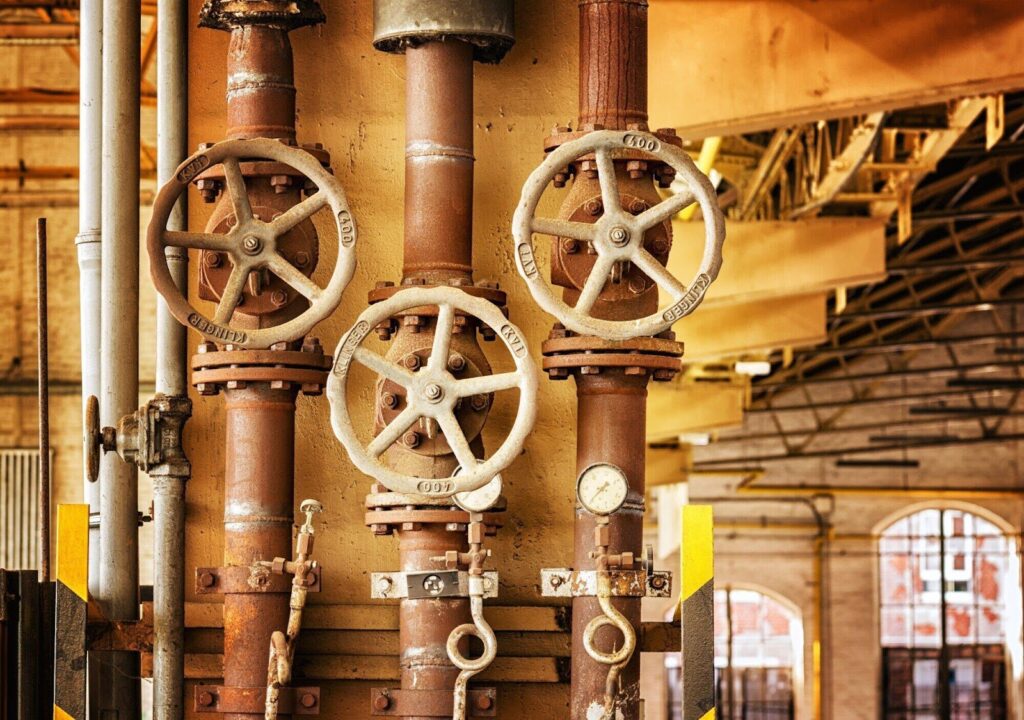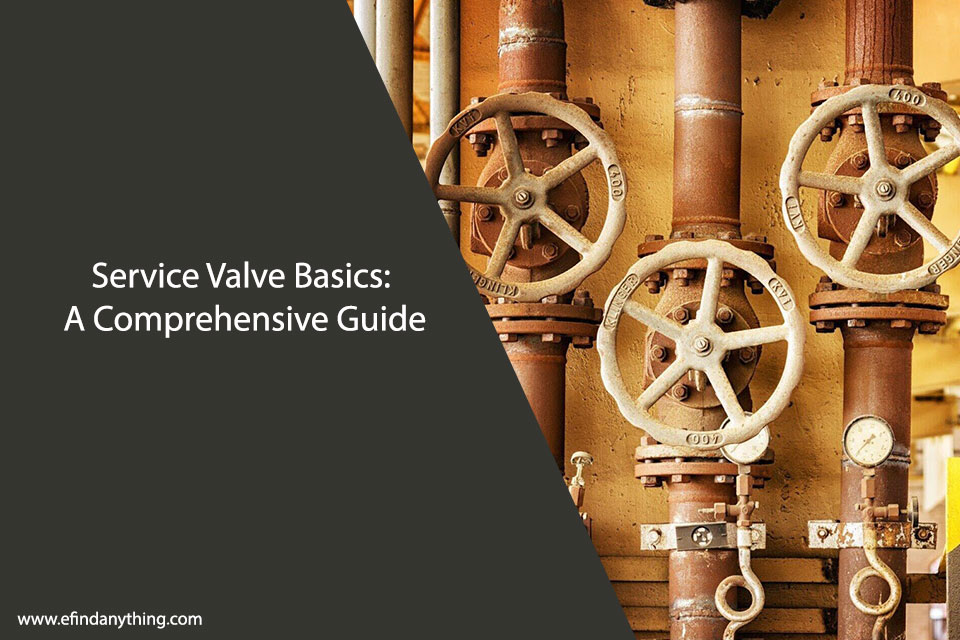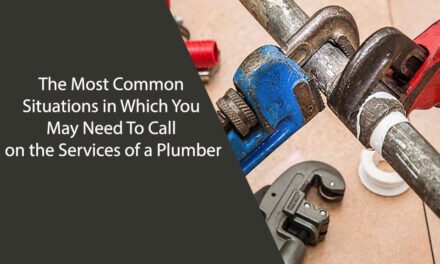
Have you ever wondered what keeps your home’s plumbing systems running smoothly? The hero behind the scenes is the humble service valve.
This little gadget might not seem like much, but it’s essential for controlling the flow of water or gas in your house. Our guide will take you through everything you need to know about service valves, making it super easy to understand their importance.
Stick with us, and you’ll be a service valve pro in no time!
Table of Contents
Types of Service Valves and Their Functions
Just like there’s a tool for every job, there’s a valve for every flow. Here’s a look at the usual suspects:
Ball Valves
A common fixture in the plumbing lineup, ball valves are known for their reliability. They have a simple design, but don’t be fooled; their quarter-turn operation can stop a torrent mid-flow with ease.
Gate Valve
These valves are the true gatekeepers, with a sluice-like mechanism that slowly raises or lowers an internal gate to allow or stop the flow. While a bit more finicky than their ball-shaped brethren, gate valves are invaluable for fine-tuning water pressure.
Globe Valve
Enter the more versatile cousin of the gate valve. Globe valves regulate water flow, particularly handy when you need to adjust not just volume but the rate of flow as well.
Check Valve
Check valves are the silent watchers of the plumbing domain. They permit water to flow in one direction, preventing the risk of backflow contaminating clean water lines, a mission-critical for health and safety.
Functions and Applications
Understanding your service valves goes beyond shutting off the kitchen tap. You’ll need to deploy them for:
Shutting Off Water Supply
In case of pipe leaks, individual fixture issues, or even to mend the line, service valves are your first responders. Knowing where and how to quickly cut off water can save the day.
Controlling Flow Direction
In more complex plumbing arrangements, you might need to redirect the flow of water. Ball, gate, and globe valves allow you to do this with precision, adjusting as needed.
Regulating Pressure
Pressure regulators manage the force of the water moving through your system, preventing unnecessary strain and safeguarding against leaks and bursts.
Installation and Maintenance
Think of your valve like a silent vigilante, always ready but often forgotten. To keep them in fighting form, you must master the art of:
Proper Installation Techniques
Installing a valve correctly isn’t just turning a wrench. It’s about understanding your system, ensuring the right valve type and size is in the right place, and confirming a tight, leak-free seal. If you’re working with severe service valves that require specialized installation techniques, visit https://www.everlastingvalveusa.com/severe-service-valves/ for guidance and resources tailored to these specific applications.
Maintenance Tips
Taking care of your valves ensures they last longer and work better. Regular checks for leaks or rust can prevent sudden failures.
It’s also smart to know how to turn your valves off and on. This simple step can be a big help in emergencies or when doing repairs.
Mastering Service Valve Dynamics
Now, who knew a little thing like a service valve could play such a big role in our homes, right? We hope this guide made you feel more at ease about tackling your home’s plumbing mysteries.
Remember, keeping your service valves in check means more peace of mind. It’s all about knowing your home inside and out. Next time you see one, give it a nod of appreciation.
Did you find the information in this article helpful? If so, be sure to check out our blog for more valuable resources.





